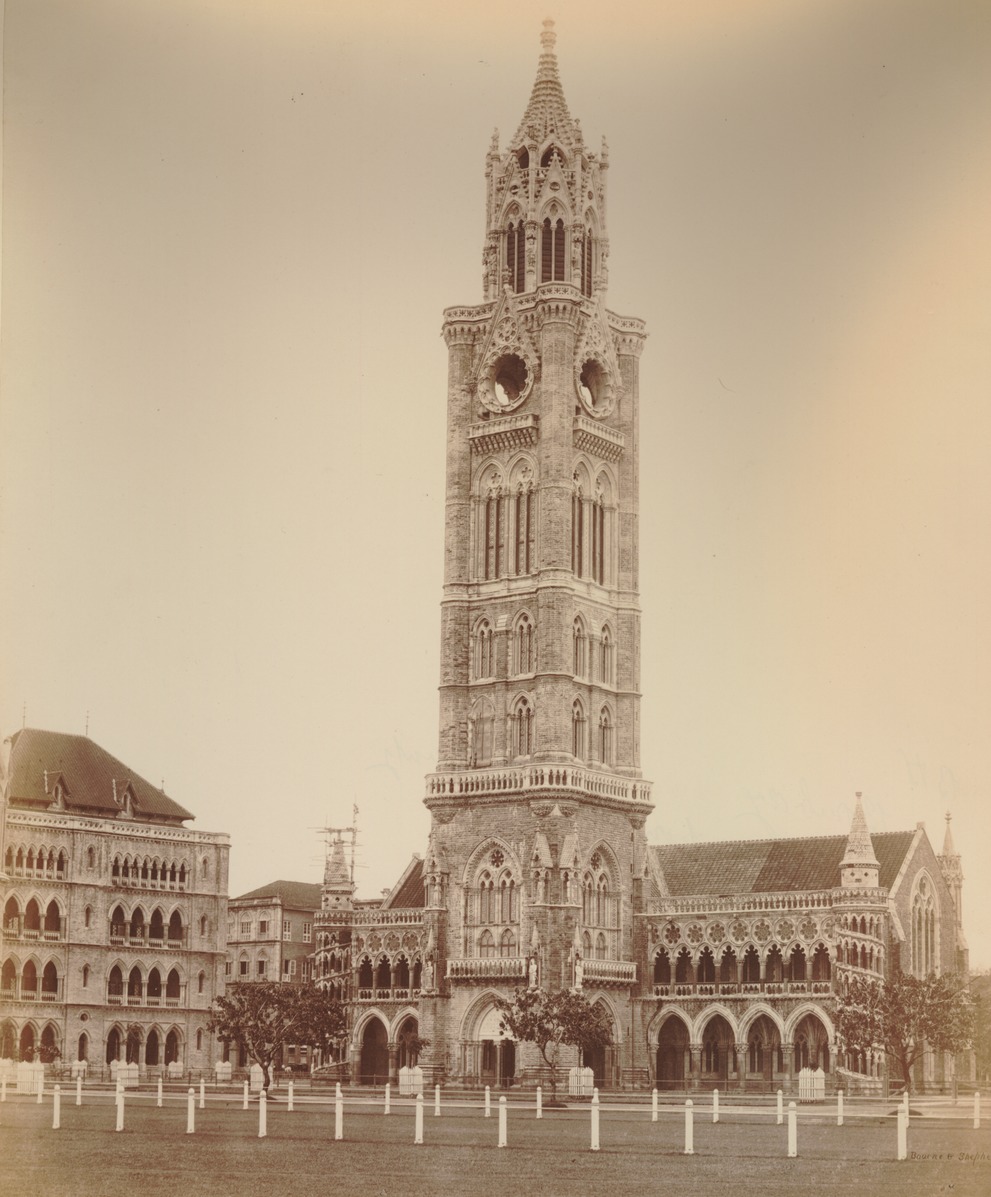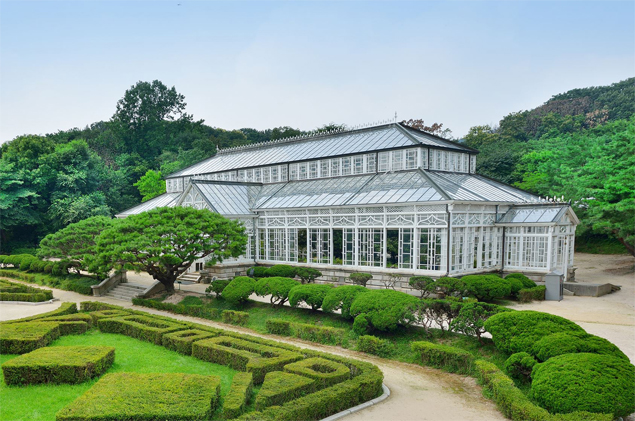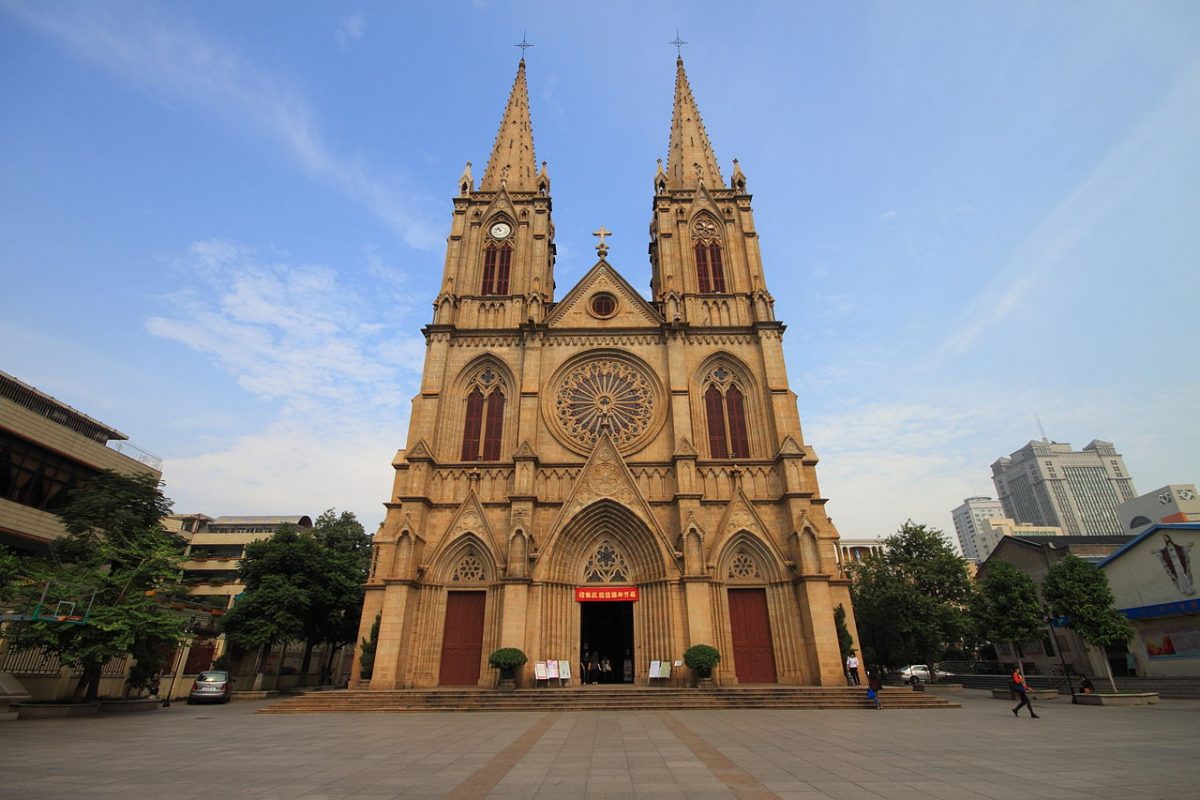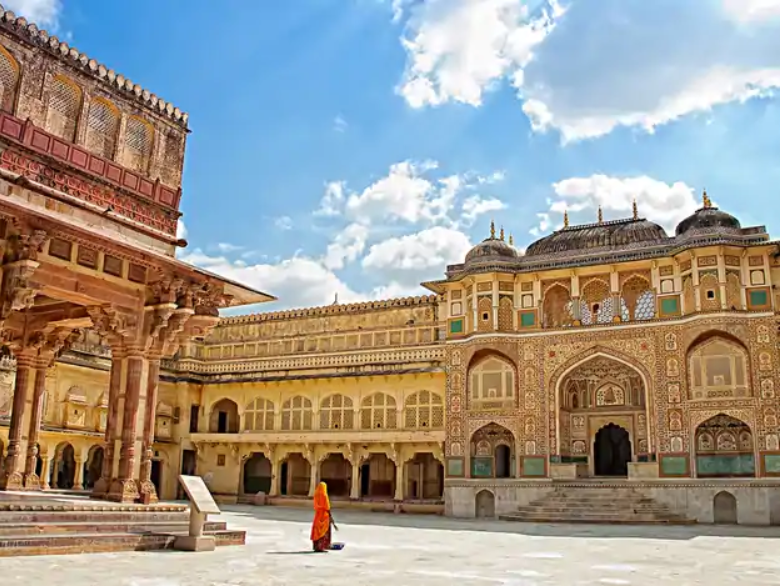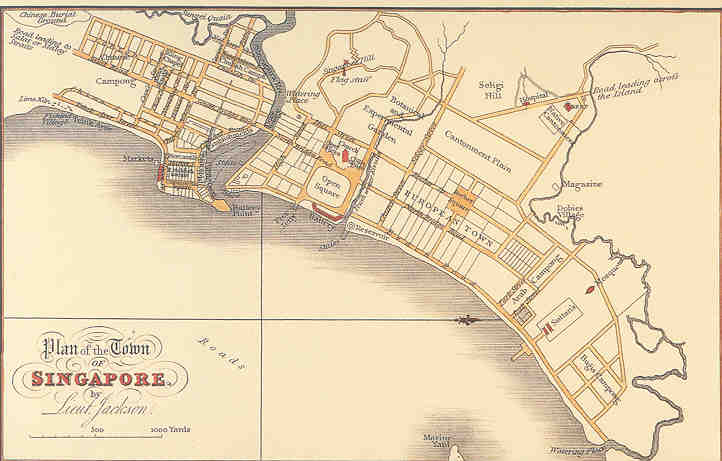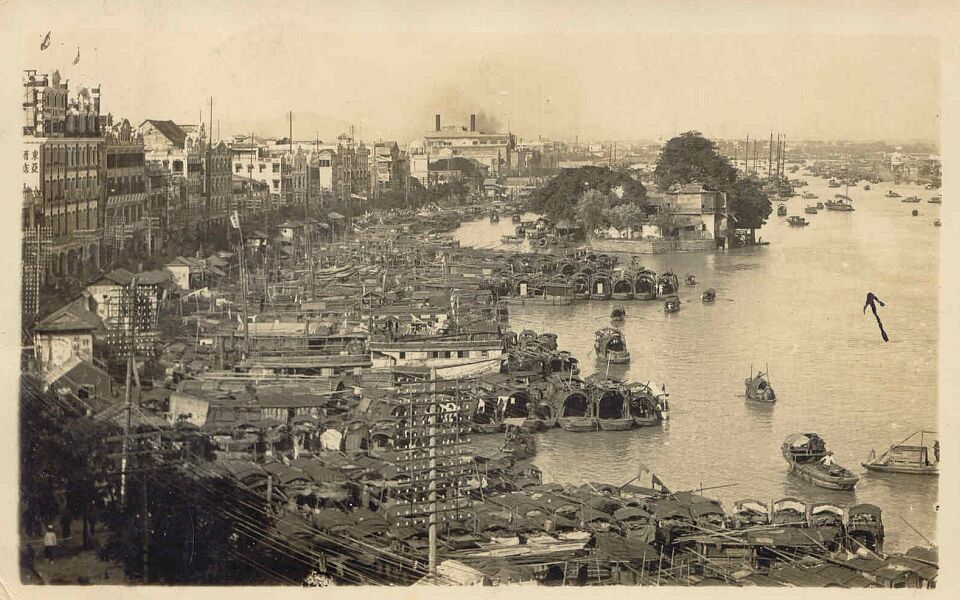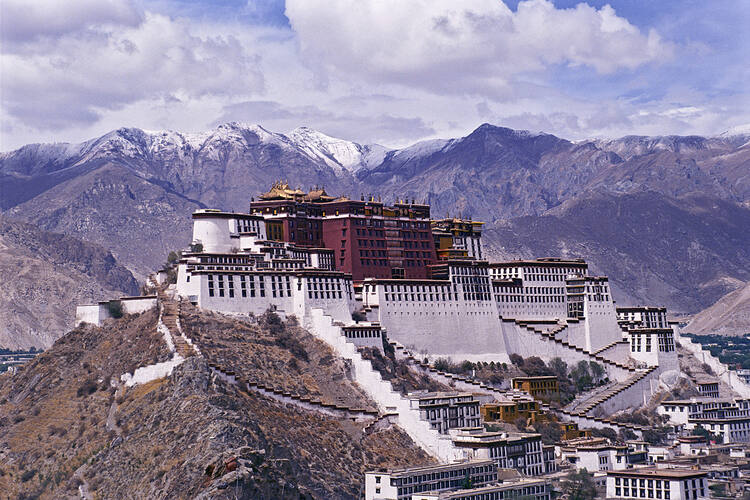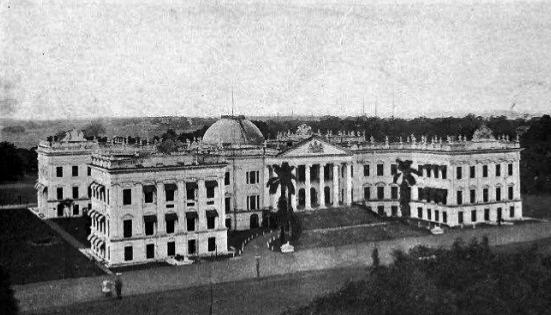In the late nineteenth century, Bombay transformed from a city of warehouses to become one of Britain’s finest imperial cities. As trade, wealth, and the population flourished, the colonial government embarked on the long-contemplated project of demolishing the old fort walls, to make room for the envisioned metropolis1. As Preeti Chopra discusses in her book, […]
